Up Next

Romain Grosjean is far from the first former Formula 1 driver to head for IndyCar after losing a place on the grand prix grid.
His predecessors range from world champions like Emerson Fittipaldi and Nigel Mansell who tasted more title success in the States, to drivers whose F1 careers proved extremely brief but who showed what they could really do in America (see Alexander Rossi, for example) – or emphatically didn’t (see Norberto Fontana and Giorgio Pantano).
We’ve picked five hits and five misses among F1-to-IndyCar converts who we think offer relevant inspiration to Grosjean in his next adventure.
MARK BLUNDELL (and Mauricio Gugelmin)
Verdict: Worth it for one glorious year
With his Mansell replacement role at McLaren in F1 never likely to carry into 1996, Blundell headed for what was then the CART Indycar World Series when Sauber picked Johnny Herbert over him.
His new career got off to a painful start with a savage, bone-breaking crash in his second CART start at Rio. But Blundell and fellow F1 refugee Mauricio Gugelmin began to rise in tandem with their relatively new PacWest team.
They peaked in 1997. A (very) bold fuel mileage gamble put them first and second in Detroit before both ran dry on the final lap. But a fortnight later at Portland, Blundell triumphed in arguably the greatest finish in top-level single-seater circuit racing history, in a top three covered by just 0.055s. Gugelmin was one of that wet/dry epic’s many other potential winners too.
More ordinary wins followed for Blundell at Toronto and Fontana, with Gugelmin adding his first in Vancouver. They ended the year sixth (Blundell) and fourth (Gugelmin) in the championship, but on raw pace the PacWest pair had been the biggest threat to champion Alex Zanardi and his all-conquering Ganassi team for the second half of the campaign.
That was as good as it got. Engine supplier Mercedes’ CART decline and some set-up and development blind alleys meant a rapid slump. But they’ll always have the high of 1997.
RUBENS BARRICHELLO
Verdict: Brief and underwhelming
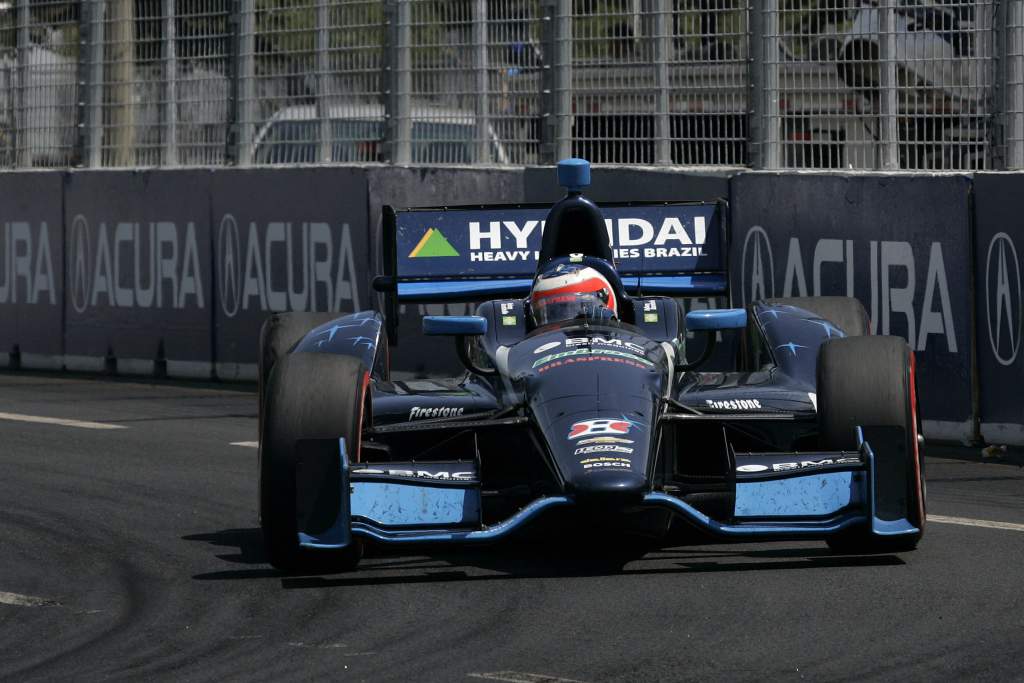
This might have been a hit given more time, but was over before its potential became clear. Though Rubens Barrichello was already nearly 40 when he swapped his then record-length F1 career for IndyCar, he joined KV Racing Technology just as the switch to the Dallara DW12 chassis for 2012 reset the playing field, and he had experienced team-mates Tony Kanaan and EJ Viso on hand in a strong three-car line-up.
A year in the midfield had promising flourishes like third on the Milwaukee grid and two late-season top fives, and to be within 62 points (in a 50-for-a-win system) of 2004 champion Kanaan in the final championship standings was pretty respectable.
Team co-owner Jimmy Vasser felt Barrichello had made up his mind mid-season that KV wasn’t his future, though. And it turned out IndyCar wasn’t either. Struggling to find sponsors to fund a second season in the series, Barrichello headed home to Brazil and the Stock Car V8 series – where he’d become champion in 2014.
TAKUMA SATO
Verdict: Indy 500 superstar!
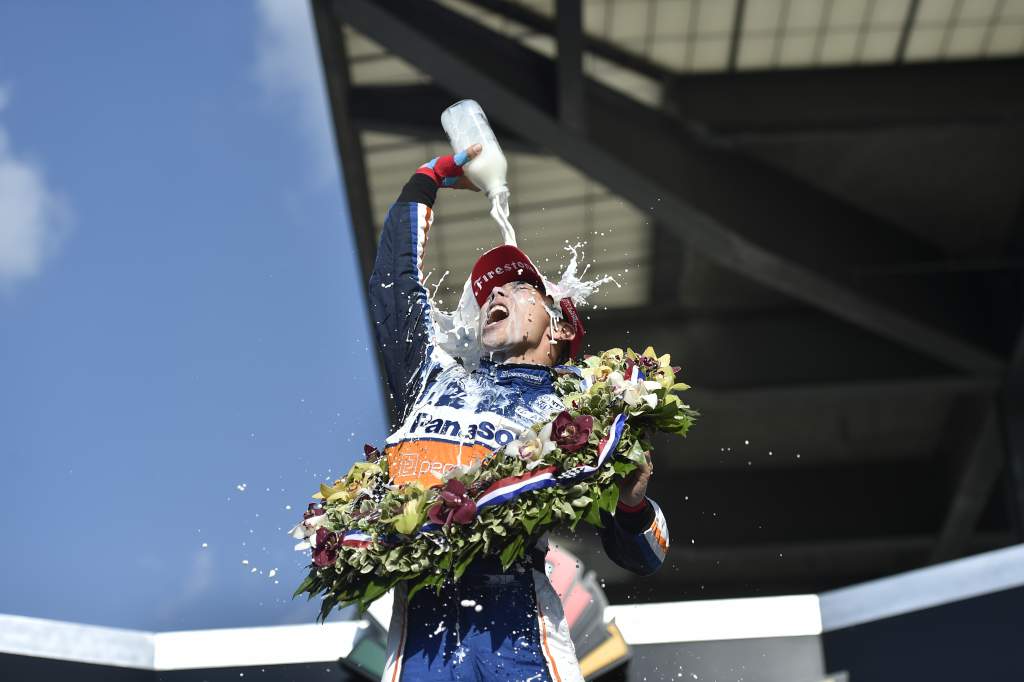
Some definite parallels here: two hard-charging, spectacular drivers prone to a crash, who didn’t get the F1 wins their talent merited. But Grosjean did have a longer and far more fruitful F1 career than Takuma Sato. And the fact Grosjean won’t be doing IndyCar’s ovals means he won’t be matching Sato’s greatest Stateside feats.
Sato’s been all over the place in his IndyCar decade – multiple teams, both ends of the grid, never consistent enough to get near a proper title challenge despite racing for the likes of Andretti Autosport.
And yet he’s been absolutely mighty on his day, achieving what no one else in the modern era could by winning for AJ Foyt Enterprises in Long Beach in 2013, coming from 20th to first in his 2018 Portland victory, and thriving at the Indianapolis 500 – where he’s now a double winner.
JJ LEHTO
Verdict: Anticlimax
By 1998 many fans had a huge wishlist of ill-served F1 refugees who – inspired by what the likes of Zanardi and Blundell were achieving – they yearned to see get the opportunity for a fairytale career revival in CART.
JJ Lehto was a popular pick. After his F1 career was ended by the combination of a neck injury and having Michael Schumacher as a team-mate at Benetton in 1994, some magical sportscar performances for McLaren-BMW hinted at the talent F1 had let slip away.
Mercedes was so impressed by how hard Lehto pushed its man Bernd Schneider (and his much faster car) for the 1997 FIA GT title that it helped Lehto into CART Champ Car (as it was by then) for the following season.
He was placed at the Hogan team where Dario Franchitti – now snatched away by Honda squad Team Green – had been such a star in 1997.
The stats show Franchitti was 22nd in the 1997 standings with 10 points and Lehto was 20th in the 1998 standings with 25. But the gulf in performance was vast. While Franchitti’s litany of crashes limited his points, he’d led races and been a regular frontrunner.
Lehto fitted in plenty of crashes too, but wasn’t anywhere near as quick in between, as the Mercedes engine/eletronics package was left behind by Honda and Hogan’s engineering line-up fluctuated. A few good oval qualifying results and a decent fifth at Surfers Paradise were the scant highs. Then it was off back to sportscars for Lehto (with great success), while Hogan starred again in 1999 with Helio Castroneves.
JUSTIN WILSON
Verdict: The great underdog hero
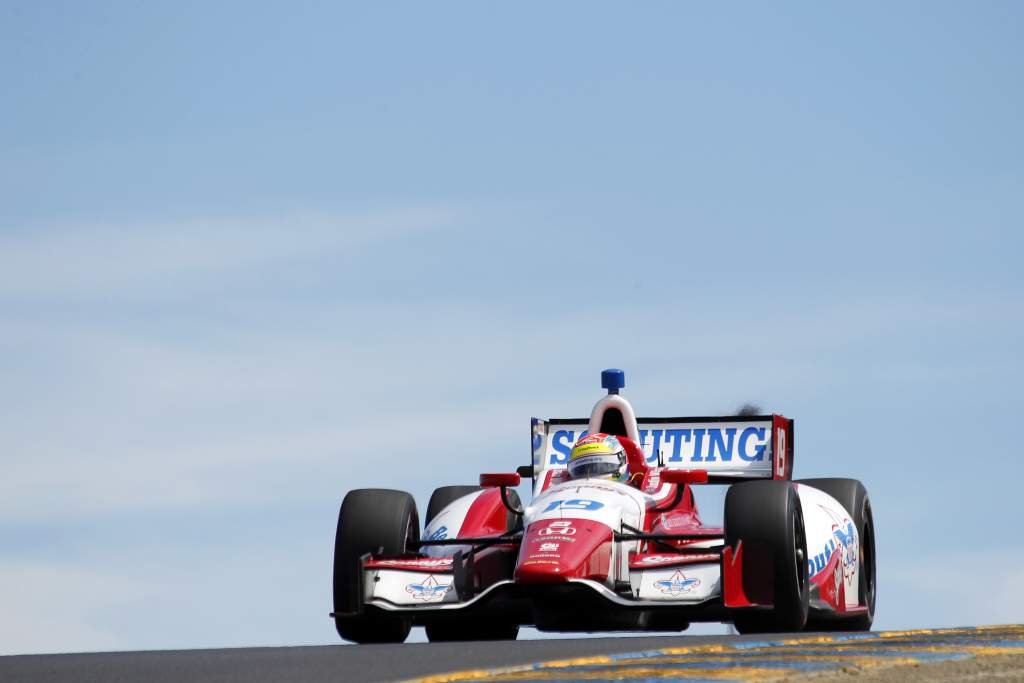
Justin Wilson’s a slight exception on a list where we’re trying to focus on people making a Grosjean-style move after a decent-length F1 career. The late Wilson only had one year in F1 before heading to Champ Car when replaced at Jaguar by Christian Klien.
But Wilson has to be mentioned because he’s synonymous with achieving miracles for the Coyne team that’s employing Grosjean.
Having been by far the biggest threat to Sebastien Bourdais and Newman/Haas/Lanigan’s domination across 2005-07 while at RuSPORT, it was typical of Wilson’s luck that he joined Newman/Haas/Lanigan just as the Champ Car/IndyCar merger turned it from unstoppable frontrunner to midfielder floundering with an unfamiliar car.
Then despite being the first to take a win for the Champ Car converts in an ‘ordinary’ race with his Detroit victory, he lost his seat to the better-funded Robert Doornbos for 2009 and ended up at Coyne – historically a winless struggler.
Wilson duly qualified on the front row for the 2009 opener in St Petersburg and gave Dale Coyne a glorious first win at Watkins Glen later that year.
Whether at Conquest, RuSPORT, Newman/Haas/Lanigan, Coyne or Dreyer & Reinbold, Wilson was always outperforming his cars and achieving the seemingly impossible. Tragically, we’ll never know what the first big team opportunity of his entire top-level career might’ve delivered, as he lost his life during his part-programme with Andretti Autosport in 2015.
TORA TAKAGI
Verdict: He was no Sato
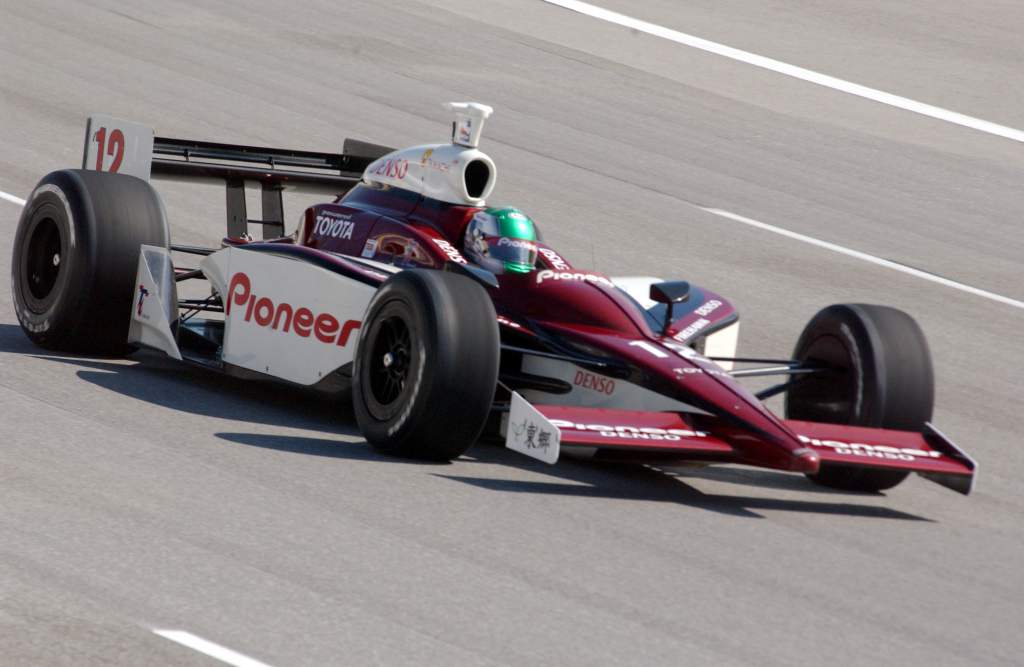
Tora Takagi arrived in F1 in 1998 hyped as by far the greatest Japanese racing talent so far. He then underachieved massively amid communication difficulties, inconsistency and a suspicion that he’d probably been overrated.
Having restored his reputation by dominating Super Formula in 2000, he got another chance at a top-level career as Toyota helped him into a Walker Racing CART seat…
And then he basically repeated the trajectory of his F1 career across two years with Walker and then another two with Mo Nunn Racing in IRL IndyCar.
The more open nature of the American scene meant Takagi was able to pop in some top-three qualifying results and top-four finishes in both series, but the overall story was one of little progress, frustrated teams and a smattering of crashes.
ROBERTO MORENO
Verdict: Supersub turned shock title contender
The curious career path of Roberto Moreno included an impressive mid-1980s CART Indycar stint with Galles Racing following his initial F1 failure as a Lotus stand-in and his subsequent runner-up spot in Formula 2, while also competing in Formula 3000 part-time, and before focusing fully on his European career again, winning the F3000 title and then driving some terrible F1 cars (and a pretty good Benetton).
And it was also typically Moreno that he then followed up a season of F1 misery in the awful 1995 Forti with a 1996 Payton-Coyne Racing CART drive that featured the team’s first-ever podium in the US500.
That preceded a spell where Moreno was every CART’s team first choice as an injury supersub – a lifestyle that earned him 24 starts across three seasons even though he never had a full-time drive in any of them.
Patrick Racing changed that by hiring him full-time for 2000. And he nearly repaid Pat Patrick with a shock championship victory.
In a wildly fluctuating season that eventual champion Gil de Ferran and Penske only took control of at the last minute, 41-year-old Moreno produced some incredible fuel mileage and great consistency – and held a 22-point championship lead after a commanding Cleveland win, his first victory of any kind since his 1988 F3000 season.
He couldn’t stay at the top of the table, but third in the final standings was a result no one would’ve predicted when the year began.
Mika Salo
Verdict: Too late and too brief
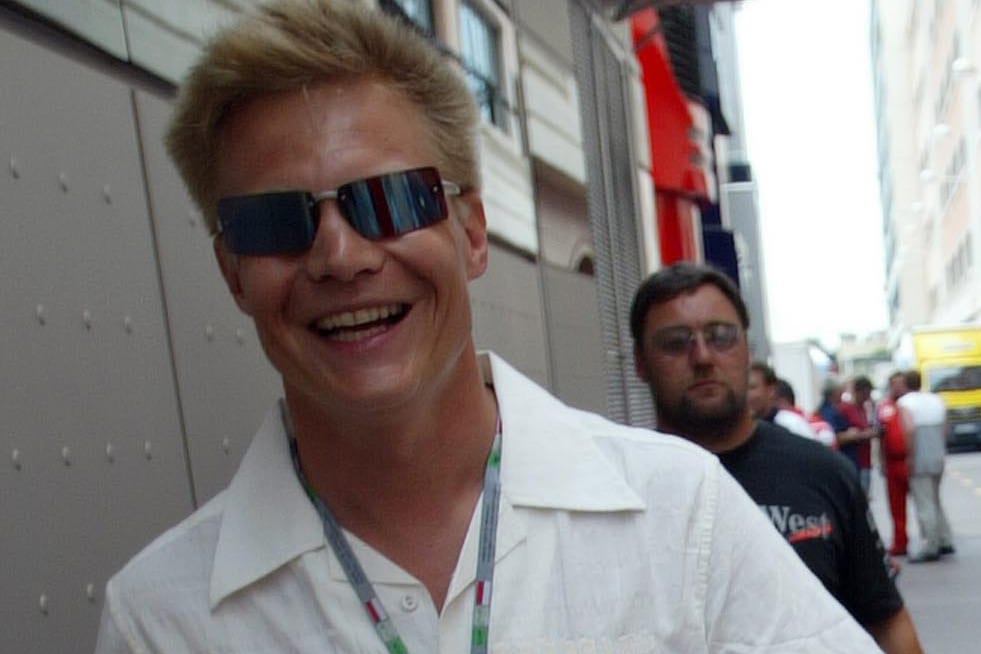
The cobbled-together array of teams and drivers that filled the 2003 Champ Car grid as momentum swung towards IRL IndyCar featured some bizarre and quickly-forgotten cameo appearances.
And they included F1 podium finisher Mika Salo following in the footsteps of Patrick Lemarie, Bryan Herta and Max Papis as the driver for Craig Pollock and Kevin Kalkhoven’s PK Racing team.
Salo’s four-race stint featured a podium finish in a messy Miami race and fifth at Mexico City. He’s certainly a driver you could imagine thriving in a decent team in CART’s heyday.
But 2003 was not that era, and Salo quickly headed for the relative sanity of a sportscar career.
Alex Zanardi
Verdict: The legend
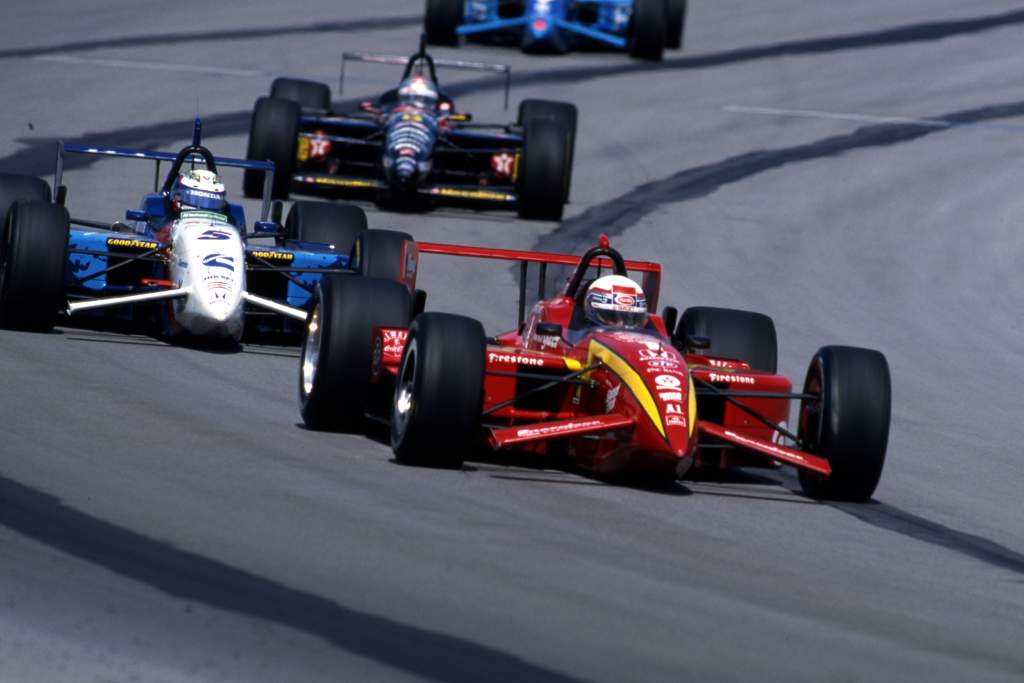
It’s now a story overshadowed by knowledge of the two terrible accidents that would follow – one back in CART and one much later in life – but what Alex Zanardi achieved with Ganassi across 1996-98 is what every F1-to-IndyCar convert dreams of.
The contrast between his seasons in the collapsing Lotus F1 team (and his 1995 on the sidelines bar a couple of Lotus GT outings) and being part of Ganassi’s CART title run was extraordinary. And all three of those titles could’ve gone to Zanardi. Had he not tangled with backmarker PJ Jones in Vancouver one round from the end of his rookie year, ‘that pass’ at Laguna Seca’s Corkscrew of the final lap of the finale probably would’ve meant it was Zanardi winning the 1996 title rather than team-mate Vasser.
Zanardi more than made up for it by fighting clear of an early tight pack to claim the ’97 championship and then blitzing the entire ’98 season. And he did it in swashbuckling style too – with a never-give-up attitude best exemplified by coming from the back to victory after a penalty at Cleveland in 1997 and from a lap down to win Long Beach with bent suspension in ’98.
Incredible racing spirit, the imagination to see gaps others wouldn’t try, and the technical feedback to help steer a team to the top combined to create three magic – and probably unrepeatable – years.
Johnny Herbert
Verdict: Don’t get too cocky
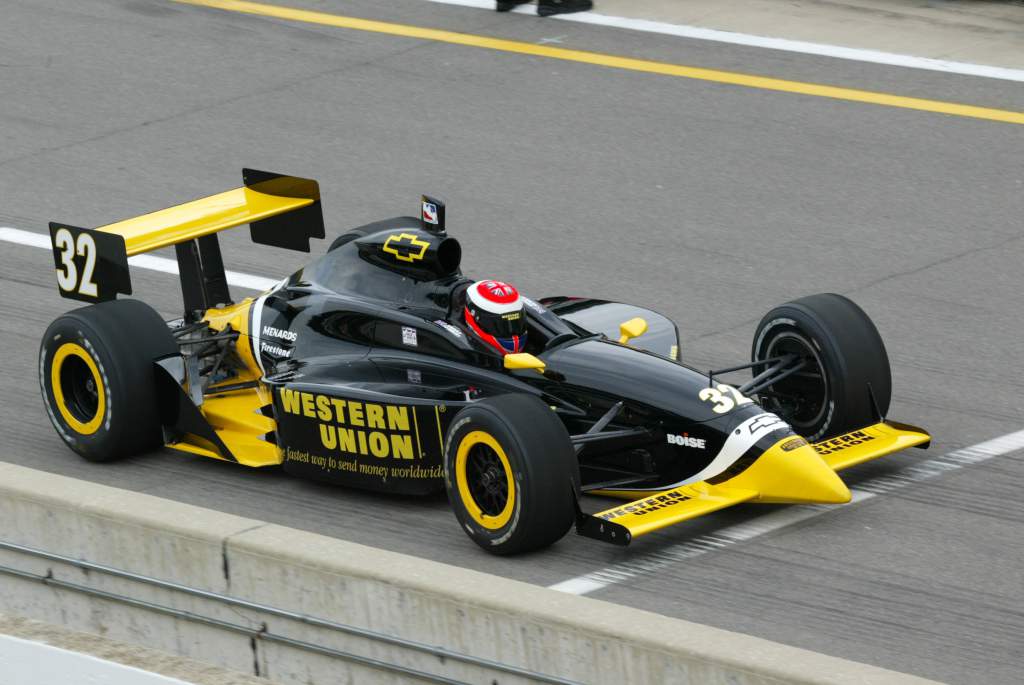
“I have decided that I will go to CART next year,” declared Johnny Herbert in 2000. “I am doing it because I believe I can win the championship.
“I look and see Alex Zanardi. He has just a point for all his races in GPs, including last year in a Williams, yet he has won two Champ Car titles.
“I have a good record against Mark Blundell and I know how I drove when Max Papis was in F1, so I have a pretty good gauge on my ability and I think I can handle it.”
On paper, Herbert – Zanardi’s long-time Lotus F1 team-mate – had a factual point, but it did come across a bit over-confident. And even more so when he failed to actually get a CART contract for 2001, despite Ford trying to open doors for him.
The closest he got to an IndyCar career was an Indy 500 bid with the Beck Motorsports-run Duesenberg Brothers entry in 2002 (pictured above), and he failed to qualify – ultimately skipping his final opportunity to get on the grid because it clashed with an American Le Mans Series round.
Given his successful post-F1 sportscar career, that was the right choice. But it left the only team to actually give Herbert an IndyCar shot unimpressed.
Additional research by Laura Leslie and Mark Paulson








